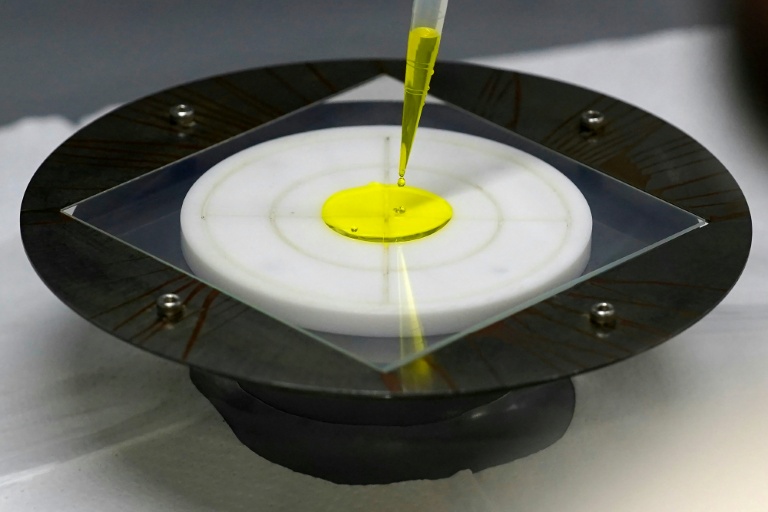Key Takeaways
- Japan aims to boost renewable energy with ultra-thin perovskite solar panels, targeting 50% coverage by 2040.
- The government is investing $1 billion in production to compete with China’s solar dominance.
- Despite challenges like lower efficiency and toxicity, advancements in perovskite technology are promising.
Investing in Innovative Solar Technology
Japan is strategically investing in ultra-thin, flexible perovskite solar panels to meet its renewable energy goals and challenge the overwhelming dominance of China in the solar industry. The unique properties of these panels make them well-suited to Japan’s mountainous terrain, where traditional solar farms may not be feasible. Notably, Japan has a significant supply of iodine, a key component of perovskite, more than any other nation except Chile.
While there are obstacles to overcome—such as the presence of toxic lead in perovskite panels, lower efficiency levels, and shorter lifespans compared to traditional silicon panels—officials maintain that these panels represent a promising pathway to achieve net-zero emissions by 2050. Industry Minister Yoji Muto emphasized their importance, referring to them as “our best card” for reaching both decarbonization targets and enhancing industrial competitiveness.
To encourage industry adoption, the Japanese government is providing substantial financial incentives, including a ¥157 billion (approximately $1 billion) subsidy to Sekisui Chemical, aimed at establishing a factory capable of producing enough perovskite panels to generate 100 megawatts of electricity by 2027. This output could potentially power around 30,000 households.
Japan’s ambition is to install sufficient perovskite solar panels to generate 20 gigawatts of electricity by 2040, which would be equivalent to adding about 20 nuclear reactors. Currently, solar energy is projected to cover 29% of Japan’s electricity needs by 2040, an increase from 9.8% in 2023.
Experts, like Hiroshi Segawa from the University of Tokyo, stress the need to leverage all available technologies, including both silicon and perovskite solar cells, to ensure energy and economic security. The shift towards perovskite technology signifies Japan’s intention to prevent a repeat of the past when it lost its prominent position in the solar market to China.
Perovskite panels, produced by printing or painting raw materials onto flexible surfaces, offer advantages such as lightness and adaptability to uneven or curved surfaces. They are already being incorporated into various projects, including a 46-storey building in Tokyo and plans for a domed baseball stadium in Fukuoka. Panasonic is also experimenting with integrating perovskite technology into windowpanes, allowing buildings to generate their own energy.
While perovskite panels are not yet ready for mass production—facing challenges of efficiency and toxicity—advancements in the technology are occurring rapidly. Some prototypes exhibit nearly comparable power outputs to silicon panels, with durability expected to improve. The broader perspective is encouraging increased use of solar energy in Japan and potentially abroad, signaling a hopeful future for renewable energy technologies.
The content above is a summary. For more details, see the source article.















